Southeast planning to 2030: More large-scale industrial parks
From now until 2030, provinces and cities in the Southeast will invest in many new industrial parks (IPs). With the orientation of attracting green investment, these IPs will be built according to ecological IP standards, attracting high-tech industries.
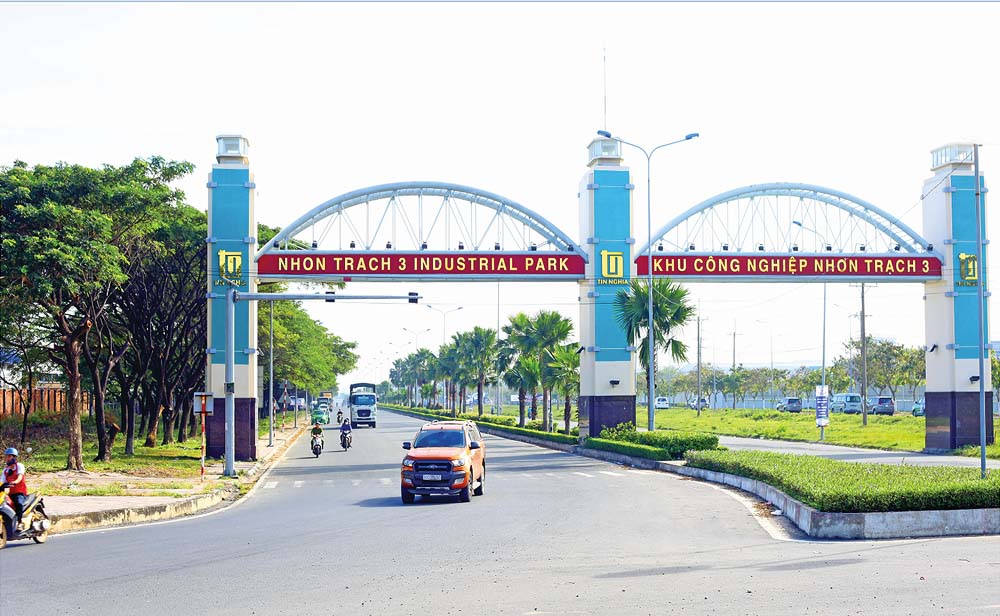 |
| As a key industrial area, localities in the Southeast have plans to develop large-scale industrial parks to meet investors' needs. In the photo: Nhon Trach 3 Industrial Park ( Dong Nai ) |
Planning a series of large-scale industrial parks
Up to this point, some provinces in the Southeast region such as Dong Nai and Ba Ria - Vung Tau have had their planning for the period 2021 - 2030 approved by the Government. In these plans, a very important part is the planning of new industrial parks until 2030. This is the first basis for localities and investors to take the next steps.
In Ba Ria - Vung Tau, according to the approved plan, by 2030, the province will have a total of 24 industrial parks with a total area of over 16,000 hectares. Currently, the locality has 13 industrial parks with completed infrastructure. Thus, there will be 11 more industrial parks built from now until 2030.
OPINION - COMMENT
Binh Duong develops sustainable industrial parks according to the "3 in 1" model
- Mr. Nguyen Trung Tin, Head of the Management Board of Industrial Parks of Binh Duong province
Binh Duong will selectively attract investment in specialized, ecological, and smart industrial parks with high-tech, environmentally friendly, and less labor-intensive industries. The province aims to develop sustainable industrial parks following the “3 in 1” model (industrial park - urban area - service area) with a synchronous and modern system of technical infrastructure and social infrastructure, and has developed many incentive mechanisms and policies to support businesses investing in industrial parks.
For operating industrial parks, Binh Duong province is conducting research to convert industrial parks in the South (bordering Ho Chi Minh City and Dong Nai) into high-quality industrial parks or into urban - commercial - service areas in accordance with local socio-economic planning.
Dong Nai aims to selectively attract investment
- Mr. Nguyen Tri Phuong, Head of Dong Nai Province Industrial Park Management Board
The orientation of attracting investment into industrial parks in the coming years of Dong Nai province is to attract investment selectively, only accepting projects with new, modern technology, not labor-intensive, and not causing environmental pollution.
This is demonstrated through the results of investment licensing projects in the first 6 months of 2024. Most of these projects are in the semiconductor, electrical and electronic components manufacturing industry; mechanical engineering..., there are no projects with environmental pollution factors.
However, the challenge in attracting investment into industrial parks in Dong Nai is that the remaining land fund in industrial parks with complete infrastructure is not much, especially in industrial parks in key areas such as Long Thanh, Nhon Trach, Bien Hoa City. Meanwhile, new industrial parks are facing difficulties in investment procedures such as handling rubber land, forest land, zoning planning, etc.
Ho Chi Minh City lacks industrial land fund
- Mr. Hua Quoc Hung, Head of the Board of Management of Ho Chi Minh City Export Processing and Industrial Zones (Hepza)
Ho Chi Minh City prioritizes attracting investment projects in the fields of high technology, clean industry, production of high value-added products, environmental friendliness...; limits attracting investment projects with low capital scale, outdated technology, and labor-intensive.
One of the most difficult problems currently facing attracting investment into industrial parks in Ho Chi Minh City is the lack of industrial land.
Currently, the clean land fund to attract investment in industrial parks in Ho Chi Minh City is only a few dozen hectares, but it is scattered in many areas. Many land plots in industrial parks are still stuck in site clearance, so there is not enough large area to attract large-scale projects.
Hepza is coordinating with departments and branches to remove obstacles at Le Minh Xuan 2 Industrial Park, speed up the construction progress of Pham Van Hai 1 and 2 Industrial Parks to have land fund to attract investment in the coming years.
In the planning list, Ba Ria - Vung Tau will invest in some very large-scale industrial parks such as Long Son Petroleum Industrial Park (850 hectares). This project has been approved for investment and granted an investment certificate, and is completing construction investment procedures.
In particular, there are up to 5 industrial park projects with an area of 1,000 hectares or more, including Bac Chau Duc 1 Industrial Park (1,200 hectares); Bac Chau Duc 2 Industrial Park (1,000 hectares); Bac Chau Duc 3 Industrial Park (1,000 hectares); Bac Chau Duc 4 (1,000 hectares); Bac Chau Duc 5 (1,200 hectares), all planned in Chau Duc district.
Dong Nai province also plans many new industrial park projects. Specifically, according to the approved plan, by 2030, Dong Nai will have a total of 48 industrial parks, including specialized industrial parks such as high-tech parks; concentrated information technology parks; and innovation zones. In the plan, there are a number of large-area industrial parks such as Ban Can - Tan Hiep Industrial Park (2,000 hectares); Xuan Que - Song Nhan Industrial Park (1,819 hectares). Up to now, Dong Nai province has 31 industrial parks in operation, with an occupancy rate of about 86%. Thus, from now until 2030, Dong Nai will build 17 new industrial parks.
In the industrial capital of Binh Duong, many new industrial parks have been included in the Draft Planning for the period 2021 - 2030. Mr. Nguyen Trung Tin, Head of the Management Board of Industrial Parks of Binh Duong province, said that from now until 2030, the province will invest in 10 new industrial parks. Of which, 2 industrial parks in Bac Tan Uyen district and Tan Uyen city will be invested in the next 2 years, with a total area of 1,000 hectares. The remaining 8 industrial parks in Bac Tan Uyen, Dau Tieng and Phu Giao districts will be invested in by the end of 2030, with a total area of over 6,000 hectares.
Similarly, the Draft Planning for the period 2021 - 2030 of the economic locomotive Ho Chi Minh City also has a series of new industrial parks. It is expected that by 2030, the City will have a total of 37 industrial parks (including 3 export processing zones).
Currently, Ho Chi Minh City has 5 established but not yet operational industrial parks with a total area of about 754 hectares; 4 newly established industrial parks with an area of about 1,368 hectares. In addition, there are 11 potential newly established industrial parks in case the City supplements or adjusts planning indicators and land use plans with an area of about 4,127 hectares.
Thus, it can be seen that in the planning from now until 2030, provinces and cities in the Southeast region will build many new large-scale industrial parks to attract investment.
Switch to ecological industrial park model
One thing in common about industrial park planning in the Southeast is that localities are oriented towards building ecological industrial parks with higher environmental standards than before. At the same time, they aim to attract high-tech, environmentally friendly, and less labor-intensive industries.
Mr. Nguyen Trung Tin, Head of the Binh Duong Industrial Park Management Board, said that Binh Duong is investing in new and expanding existing industrial parks towards improving science and technology, protecting the environment, focusing on attracting industries that bring high added value and meet the increasingly strict standards of international investors. In the coming years, Binh Duong aims to attract in-depth investment, high-tech projects and sustainable development.
Meanwhile, Dong Nai province is prioritizing the development of a number of key, high-tech industries based on the local strength of Long Thanh airport. In particular, it focuses on developing 3 key product groups including: aviation industry; semiconductor industry, chip manufacturing; automation equipment and information technology equipment...
The locality also aims to transform existing industrial parks towards developing high-tech industries, selecting products and stages with high added value to participate in regional and global value chains; developing industrial parks towards green economy, circular economy and achieving the goal of net zero emissions.
In the past, industrial parks often attracted investment in mass industries. However, from now until 2030, many localities will plan specialized industrial parks to create favorable conditions for investors.
Statistics from provinces and cities in the Southeast region show that the number of high-tech projects invested in localities is gradually increasing. This shows that the orientation of selective investment attraction of localities is on the right track.
Source: https://baodautu.vn/quy-hoach-dong-nam-bo-den-nam-2030-them-nhieu-khu-cong-nghiep-quy-mo-lon-d220950.html








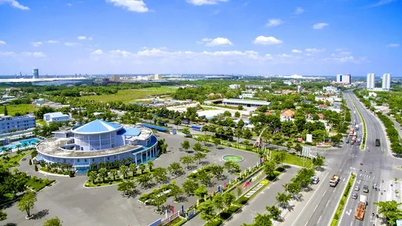


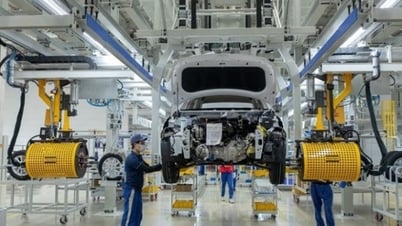

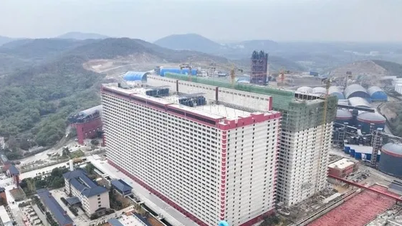








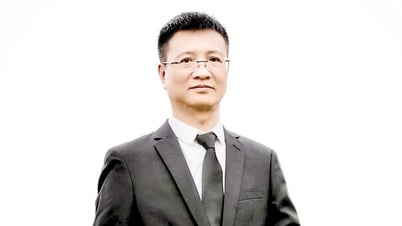


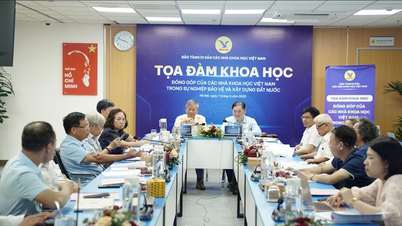





































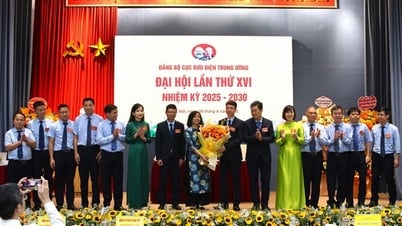












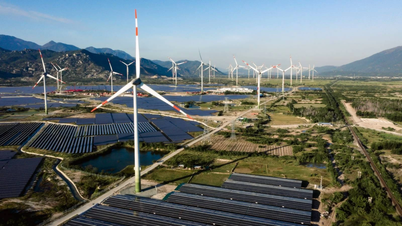
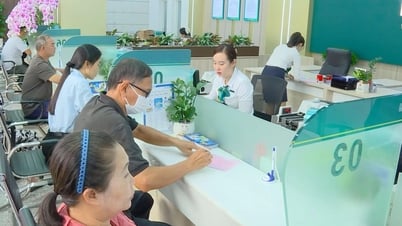








![[OCOP REVIEW] Tu Duyen Syrup - The essence of herbs from the mountains and forests of Nhu Thanh](https://vphoto.vietnam.vn/thumb/402x226/vietnam/resource/IMAGE/2025/6/5/58ca32fce4ec44039e444fbfae7e75ec)



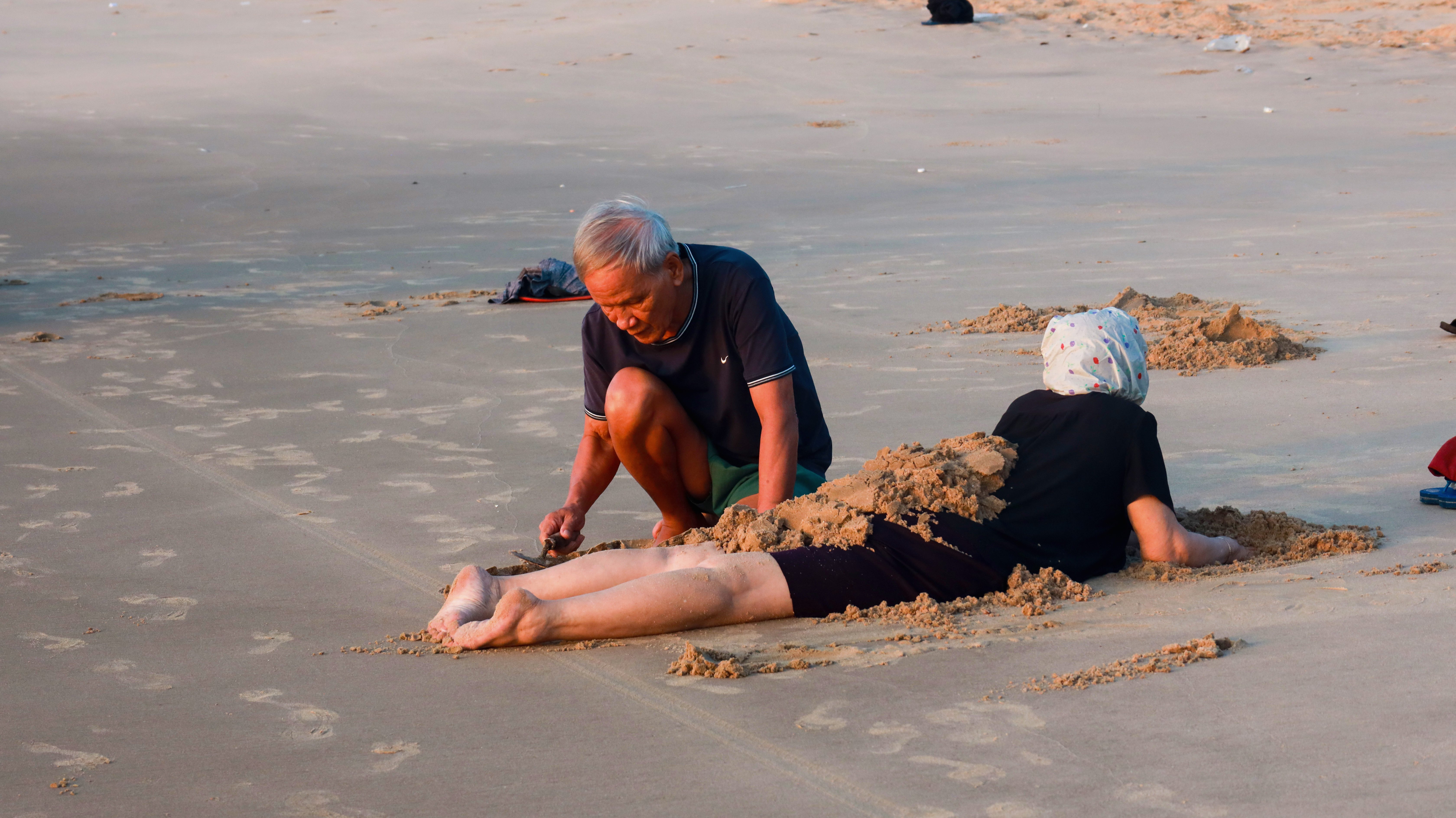



Comment (0)